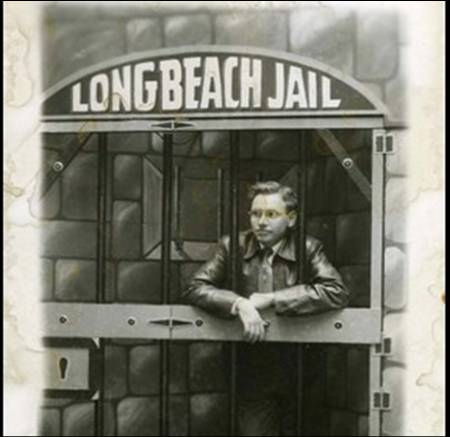Part 2 of highlights from an insightful interview with Lisa Rapuano, who worked with Bill Miller for many years, and currently runs Lane Five Capital Management. The interview touches upon a number of relevant portfolio management topics. Rapuano has obviously spent hours reflecting and contemplating these topics. A worthwhile read!
Fee Structure
“…I launched my fund [November 2006] with an innovative fee structure – wait three years and then charge only on the positive return over the market…three-year lock up…given the changes in the marketplace we simply did not think a three-year lock-up was a tenable proposition under any circumstances. So…we had to abandon our three-year free structure as well…What I was extraordinary surprised by however, was how little this mattered to many potential investors. There is an institutional imperative that has evolved in hedge funds that is very similar to that which has evolved in long-only funds. Being different, no matter how right it may be, doesn’t help.”
Given my family office background, the fee structure topic has come up frequently especially as it relates to fundraising. One would think that fee discounts should garner more investor interest. Unfortunately, my advice is the same as Rapuano’s: “being different, no matter how right it may be, doesn’t help.”
The average retail investor is usually not sophisticated enough to care about the difference between 1% (management fee) & 15% (incentive fee) versus 2% & 20%. The average institutional investor is merely going through the motions of checking boxes with a “cover your behind” mentality before presenting to committee. So with the exception of sophisticated investors (fewer in number than the unsophisticated), the fee discount really doesn’t make much difference.
In fact, it could potentially hurt fundraising because it begs the additional question: why are you different? With only 60 minutes or so per meeting, it’s likely best to not waste time having to answer this additional question.
Shorting, Team Management, Exposure
“On the short side, we only short for alpha – we do not use shorts to control exposure explicitly or to hedge or control monthly volatility…This model has been chosen very specifically to suit the skills of me and my team. We think being able to short makes us better analysts, it keeps us more honest.”
“We also like the flexibility to hold a lot of cash or be a bit more short when we think there are no great values lying around…we think eliminating the pressure to stay low-exposure (and to therefore often put on very poor shorts) is a good match for our style…”
Rapuano highlights a very important distinction: shorting for alpha vs. shorting to control exposure. I would add a third category: shorting to justify the incentive fee.
Also, it’s an interesting idea to build an investment process that works with the behavioral tendencies of the investment team. I guess the flip-side is to recruit for talent that fits a specific type of investment process.
Making Mistakes, Process Over Outcome
“Then there are the mistake where you just misjudged the situation in your analysis…I thought something was low probability but then it happens…we analyze these types of mistakes, but it’s not a focus on what happened, but simply to make sure we did all the work we could have been expected to do, our judgments were based on sound analysis, and well, sometimes you’re just wrong. There are other mistakes, however, that you can try to eliminate, or at least not repeat.”
“For me, my worst ones have been when I strayed from either my core values or my process. So, when we’ve done something as a ‘trade’ (it just seemed too easy) and not subjected it to the rigors of the process it usually doesn’t work out.”
Mistakes are not just situations when the outcomes are bad (i.e., ideas don’t work out). Do we make a mistake each time we stray from our investment process?




